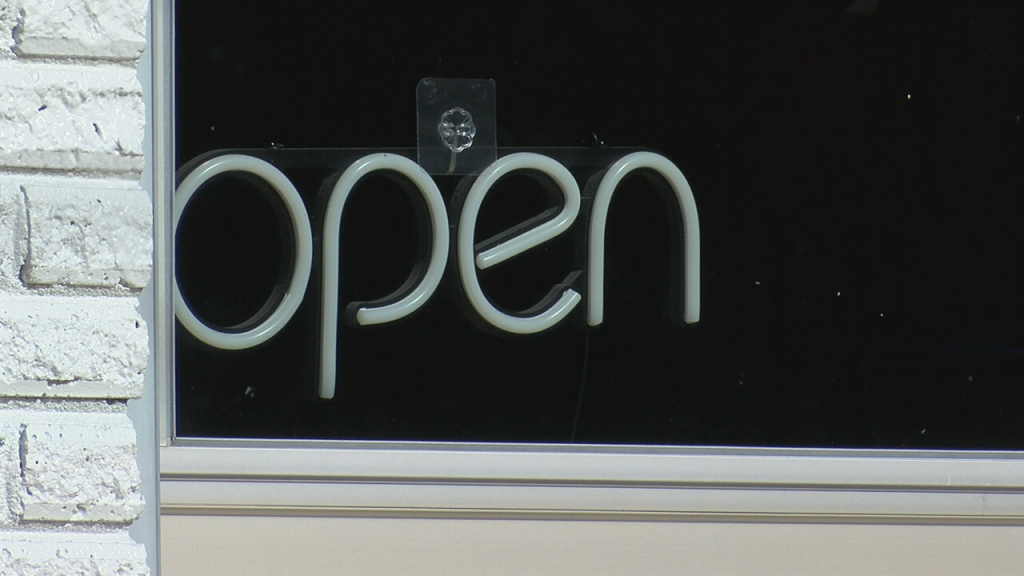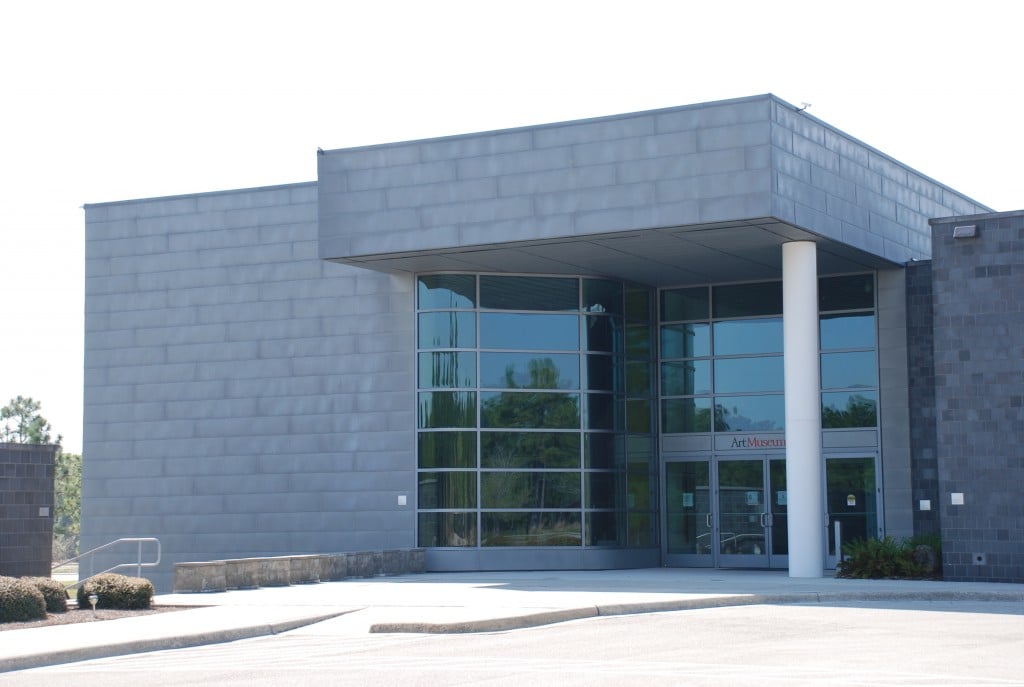AAA: Gas prices up 75 cents during 2nd quarter of ’09
Gas prices spiked more than 75 cents between March of last year and the middle of June.
³Conditions are not dramatically different from last year, so we can expect
a rise in gas prices in upcoming weeks,² said David E. Parsons, President
and CEO of AAA Carolinas. ³North Carolina motorists should be prepared for
gasoline prices to climb upward significantly as we approach the summer
travel season.²
Last year, gas prices were $1.89 on March 3rd and peaked at $2.65 on
June 20th. North Carolina motorists faced an average five cents a week
increase over a 16-week period heading into the summer of 2009.
Today, the average price for a gallon of regular unleaded gasoline
is $2.68, up three cents from a week ago. Gas prices have been relatively
stable with a five-cents a gallon range during the past month, similar to
the experience in February 2009.
During last year¹s price run-up, several factors affected the price
of gasoline at the pump.
* Refineries performed spring maintenance and switched over to their summer
blend of gasoline, restricting their output.
* Oil prices were rising on the heels of a positive outlook in global demand
from China, the world¹s second largest consumer of oil in the world.
* High unemployment and troubles in the banking industry led to a weaker
dollar, prompting greater investment in oil commodities.
* Sporadic positive economic news, such as increased home sales in February
2009 and a large jump in consumer confidence in May 2009 caused temporary
price spikes.
* Threat of global unrest in Nigeria and North Korea led to fear of
interruption in oil production, increasing the cost of a barrel of oil.
At the same time, other factors worked to keep prices from rising
dramatically as they did in 2008, when they soared above $4 a gallon.
* The nation reported its largest crude oil storage supply since 1990.
* Vehicle miles driven in the U.S. fell by about 1 percent in February a
drop of approximately 2 billion vehicle miles traveled in the U.S.
* OPEC, the conglomerate of oil producers in the Middle East responsible for
about 40 percent of the world¹s oil supply, did not cut production as they
had previously discussed.
There are several key economic indicators that lead AAA to predict a
historically traditional rise in gasoline prices this spring, although the
rise may be more muted than in the past.
Working to keep prices down:
* Unemployment and underemployment is still very high and may keep U.S.
consumer demand for gasoline lethargic.
* Crude oil inventories are still high, around 337 million barrels,
which can be refined to make gasoline and keep from paying higher prices for
new supply.
Working to keep prices up:
* As the economy improves, or predictions escalate for improvement, prices
for oil, and consequently gasoline, will rise.
* A few refineries around the country have temporarily completely shut down
production for maintenance or other various reasons, thus reducing gasoline
production.
* Oil futures for April are trading higher, indicating investor optimism in
oil prices, thus driving the cost of a barrel of oil upward.
* Saber rattling with Iran over their nuclear proliferation has led to fears
of conflict with Israel and a disruption of oil supply from the Middle East.
The competing market forces listed above will likely push gasoline prices
higher, as has been typical the past two years.
Barring any unforeseen circumstances or catastrophes, however, the rise
should be less dramatic than past years.
An affiliate of the American Automobile Association, AAA Carolinas is a
not-for-profit organization that serves more than 1.8 million members with
travel, automobile and insurance services while being an advocate for the
safety and security of all travelers.
INFORMATION FROM A NEWS RELEASE SENT TO THE WWAY NEWSCHANNEL 3 NEWSROOM.





Leave a Reply